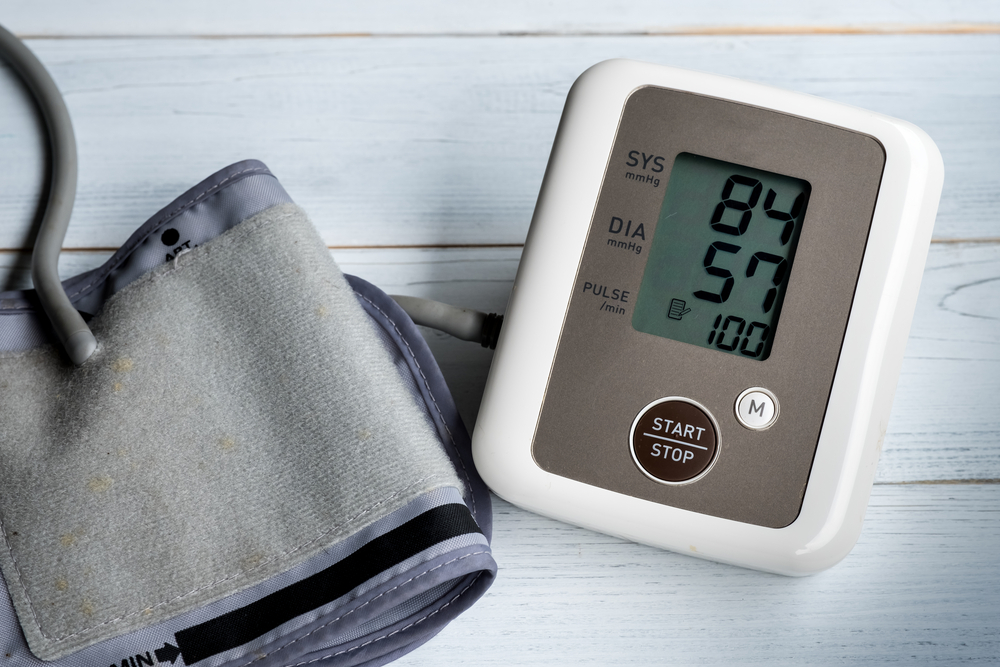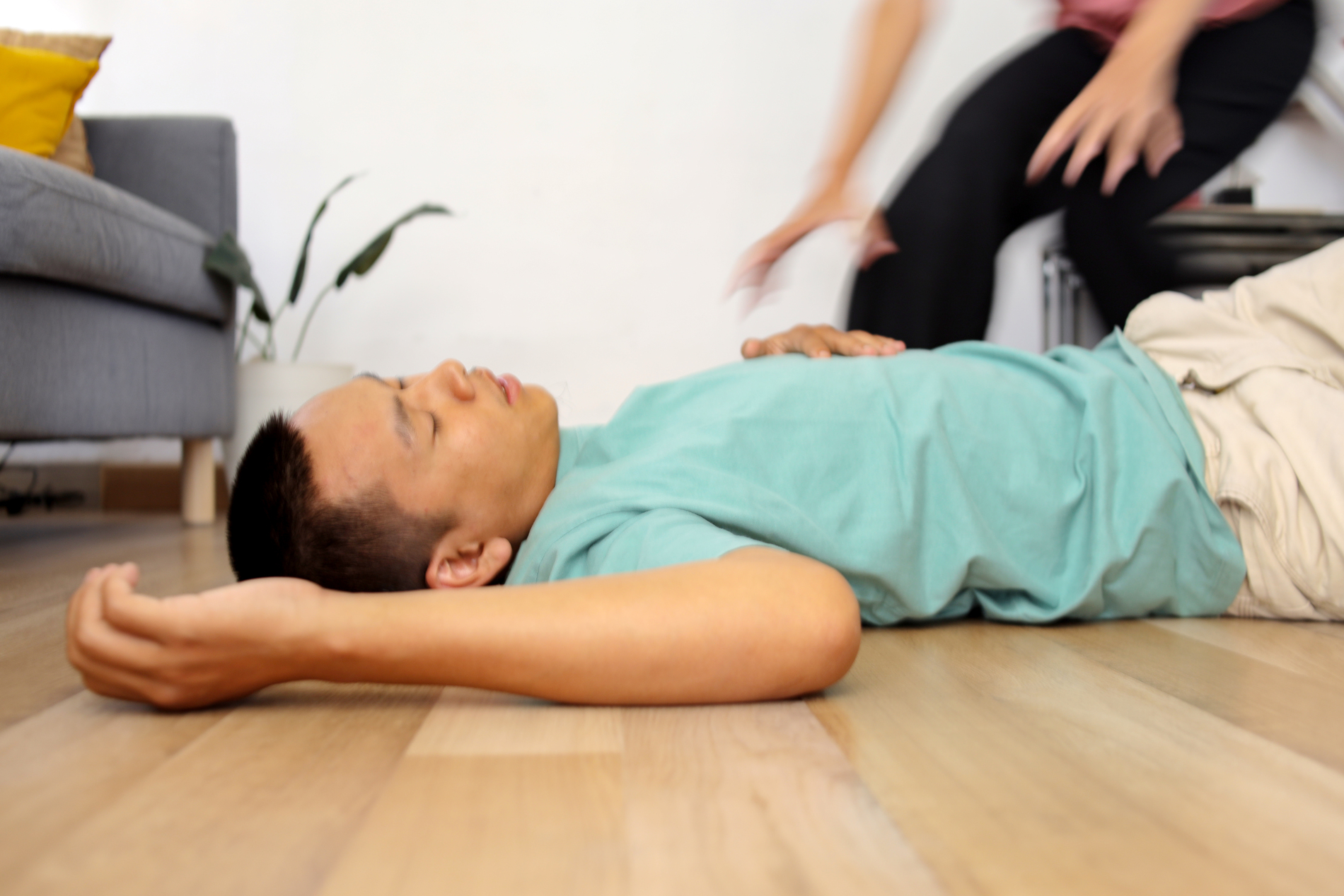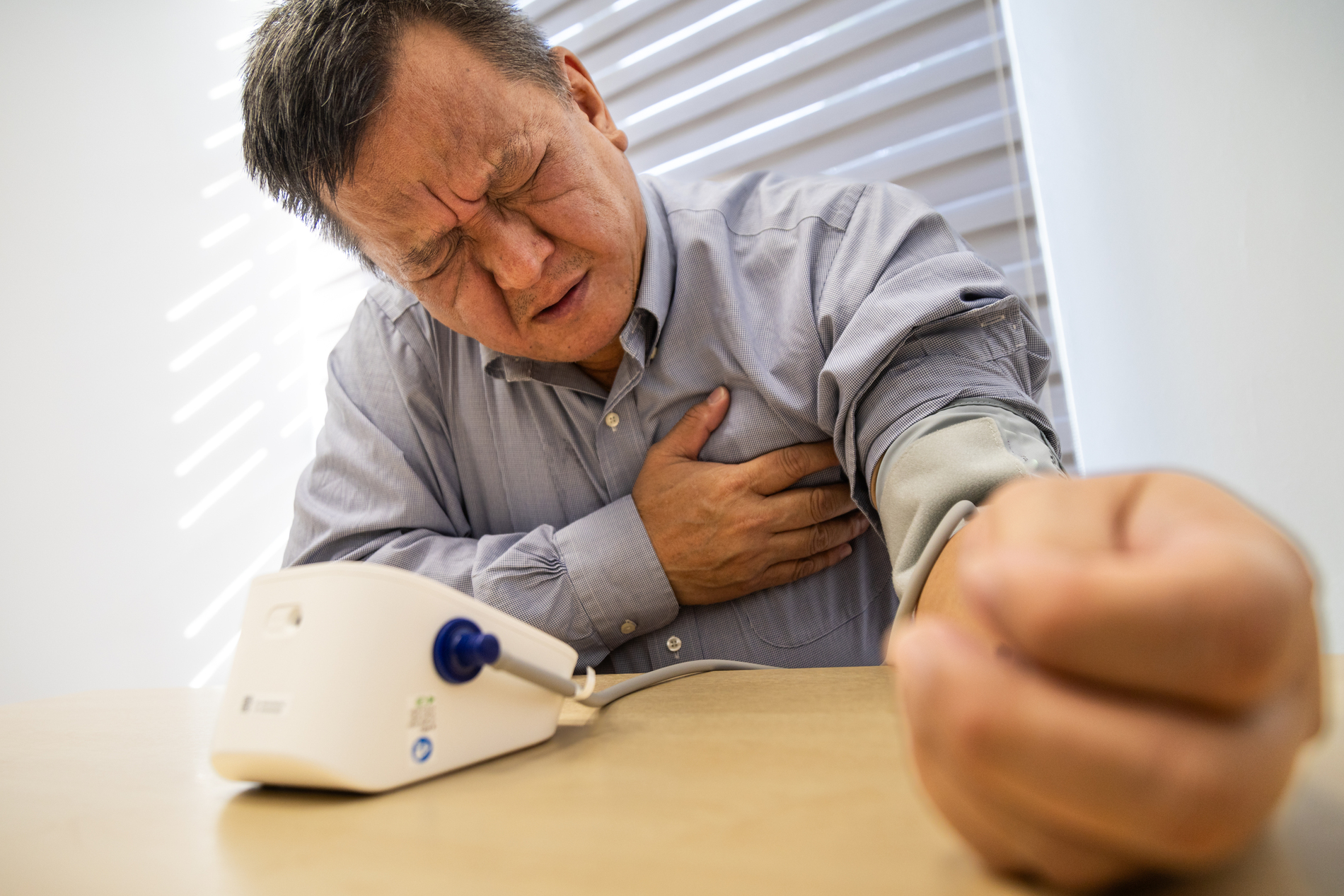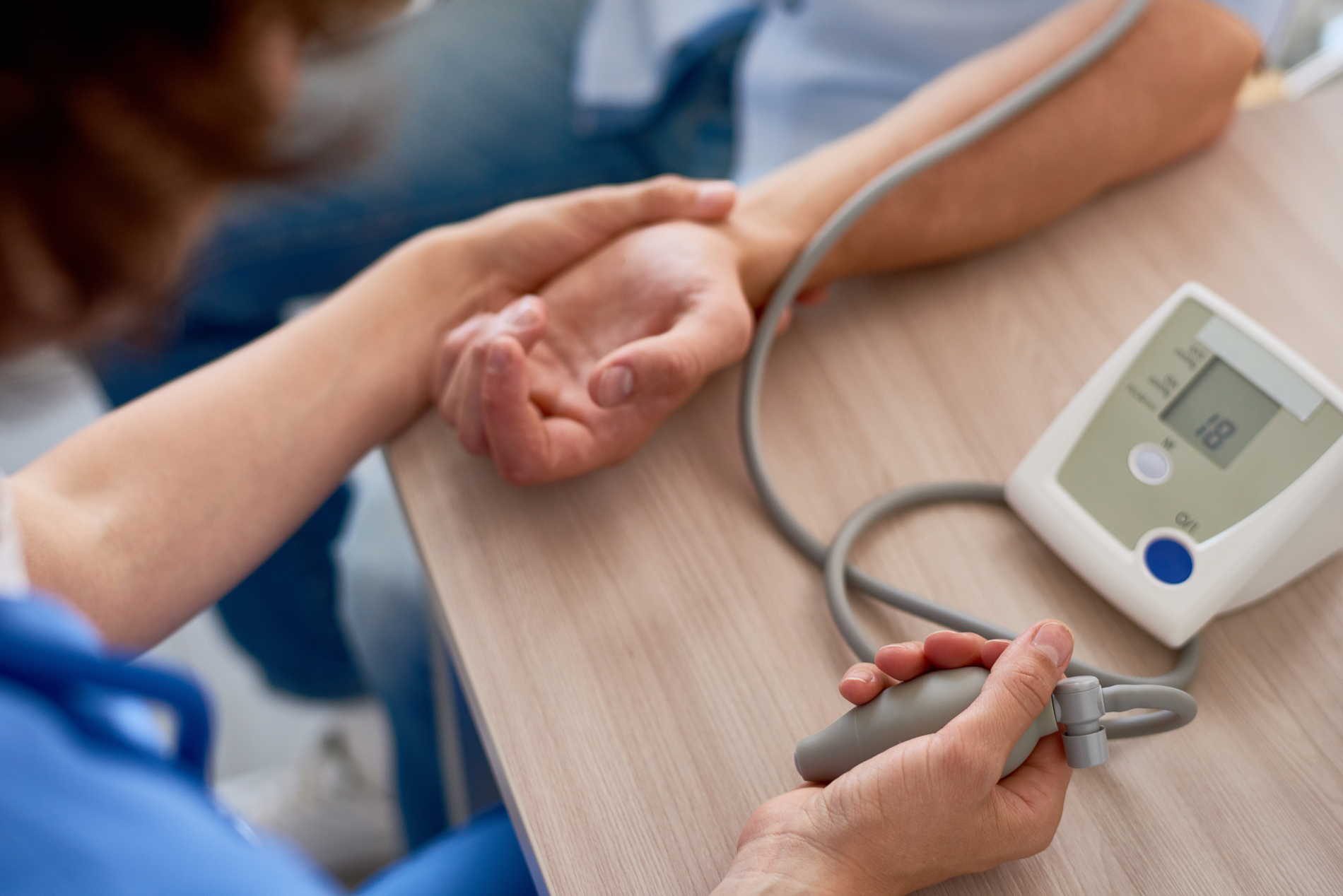
High blood pressure readings typically garner the most attention. However, hypotension, or low blood pressure, also merits consideration. Generally speaking, doctors define it as anything below 90/60 mm Hg. This number is normal and unproblematic for some people. However, for some people, low blood pressure can cause symptoms that make it difficult to go about their everyday lives or even indicate a medical problem.
Here are ten indicators that your blood pressure may be dropping too low, along with an explanation of why and possible meanings.
1. Dizziness and Fainting

Your brain might not receive enough oxygen-rich blood when blood pressure falls. Dizziness, lightheadedness, or the feeling that the room is spinning can result from this. In more extreme situations, it could result in syncope, or fainting. Advice: To rule out heart or neurological causes, it’s critical to get checked out as soon as possible if you faint unexpectedly.
2. Ongoing Fatigue

You may experience persistent physical and mental fatigue due to low blood pressure. Your muscles and organs may not be receiving enough blood flow, which causes this “worn-out” sensation. It is sometimes referred to as “brain fog,” which can impair focus and memory.
3. Confusion or Trouble Concentrating

Similar to exhaustion, confusion arises when the brain does not receive the necessary oxygen and nutrients. You may have trouble remembering things or feel that you process information more slowly. Even mood swings, irritability, and decreased productivity have been connected to chronic low blood pressure.
4. Heart Palpitations

Sometimes, in order to compensate for lower blood pressure, your heart beats harder or faster. This may cause your heart to race, flutter, or pound. Even though palpitations are normal and not always harmful, they should not be disregarded if they are accompanied by lightheadedness, chest pain, or fainting.
5. Blurred or Dimmed Vision

When the blood supply to the brain and eyes is diminished, vision changes like blurred, tunnel-like, or dimmed sight may occur. Rarely, an eye stroke—a sudden loss of vision in one eye—can be brought on by extremely low blood pressure.
6. Neck, Shoulder, or Head Pain

“Coat hanger pain” is a special kind of discomfort that frequently manifests in the shoulders, neck, or back of the head. This is particularly true for orthostatic hypotension, which is a sharp drop in blood pressure that occurs when one stands up. Poor blood flow to the muscles supporting your head upright is the cause of the pain.
7. Nausea and Vomiting

Your digestive system receives less blood when your body tries to preserve blood flow for essential organs. Nausea or even vomiting may result from this. Low pressure in the brainstem, which regulates the vomiting reflex, may also be a factor.
8. Cold Hands and Feet

Poor circulation could be the cause if your extremities frequently feel cold or appear bluish. Blood flow to the arms and legs is reduced when blood pressure is low because the body is rerouting blood toward critical organs like the heart and brain.
9. Shortness of Breath

Some people with low blood pressure may experience dyspnea, though this is less common. This may occur if your lungs do not receive enough blood flow to effectively exchange oxygen. In other situations, the body triggers sensors that indicate low oxygen levels, which causes dyspnea.
10. Chest Pain or Discomfort

Angina, a heavy, constricted, or squeezing pain in the chest, can occasionally result from low blood pressure because it reduces blood flow to the heart muscle. Additionally, it may radiate to the back, jaw, neck, or arms. Any chest pain is a warning sign that needs to be treated right away.
Why Does Low Blood Pressure Happen?

Both short-term and long-term low blood pressure are possible. Typical causes include the following:
- Dehydration brought on by vomiting, diarrhea, or insufficient fluid intake
- Drugs like blood pressure medications or diuretics
- Because of hormone-induced vessel relaxation during pregnancy
- Heart disorders such as heart failure or arrhythmias
- Nervous system issues (such as complications from diabetes or Parkinson’s disease)
- Shock can be brought on by a serious infection, an allergy, or blood loss.
When blood pressure abruptly drops while standing up, it’s known as orthostatic hypotension, and it frequently results in lightheadedness or fainting.
Although low blood pressure doesn’t always require medical attention, it shouldn’t be disregarded, particularly if there are symptoms. Your body may be expressing that it needs attention if you experience dizziness, fatigue, blurred vision, or even chest pain. A medical professional can assist in determining the cause and offer strategies to maintain stable circulation and energy levels.
There is more to your blood pressure than just a number. It’s important to pay attention when it falls too low because it’s your body’s method of maintaining equilibrium.




